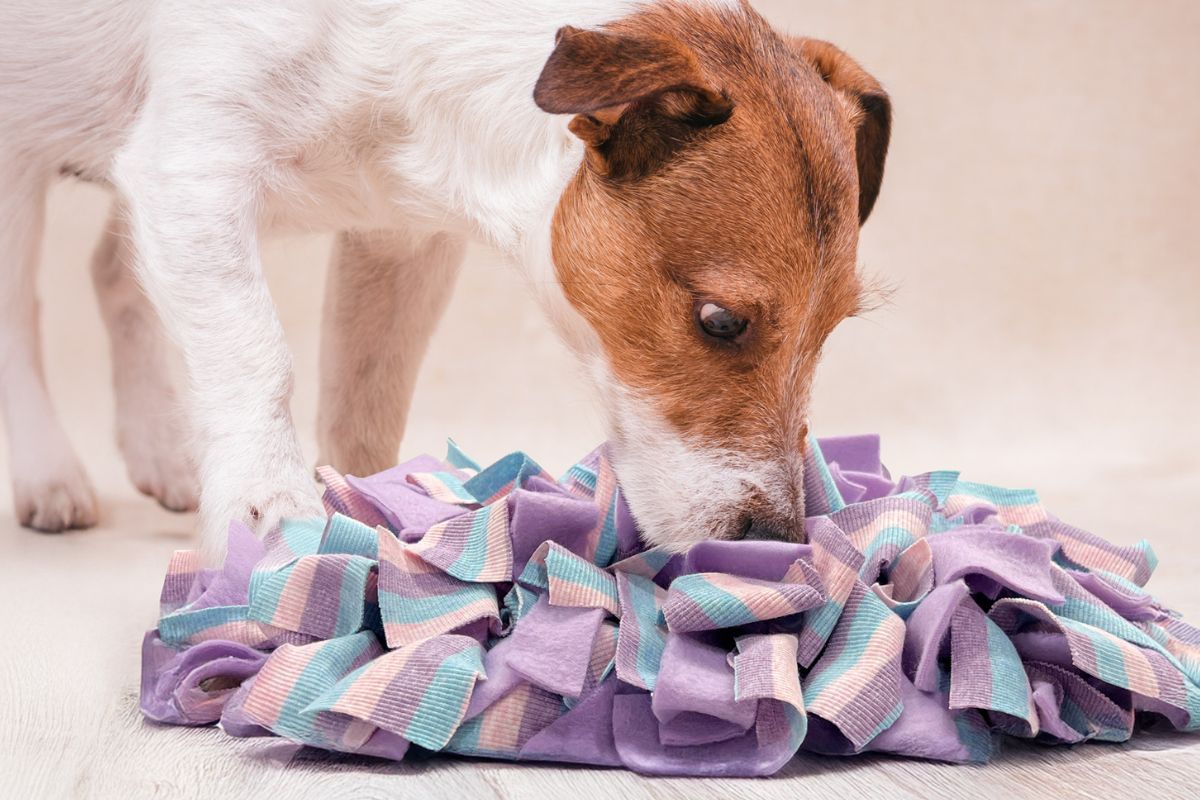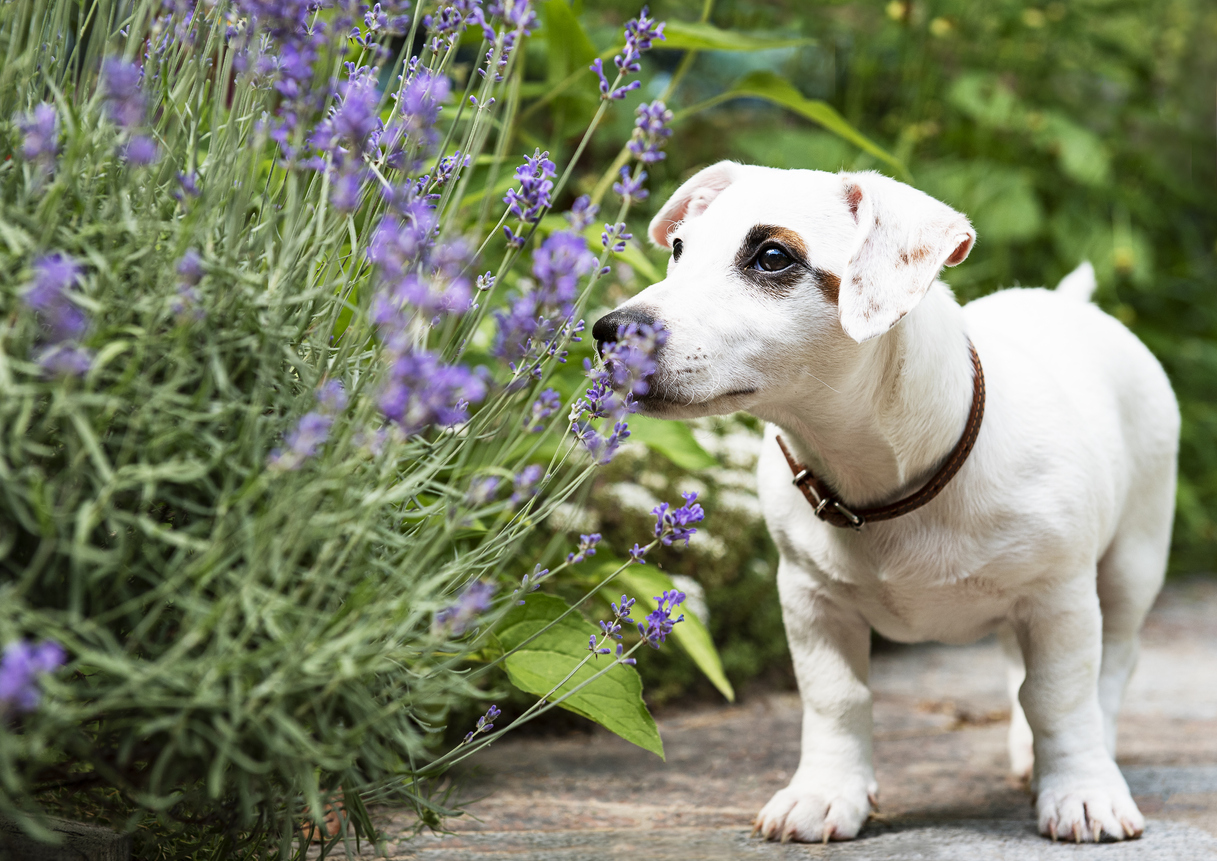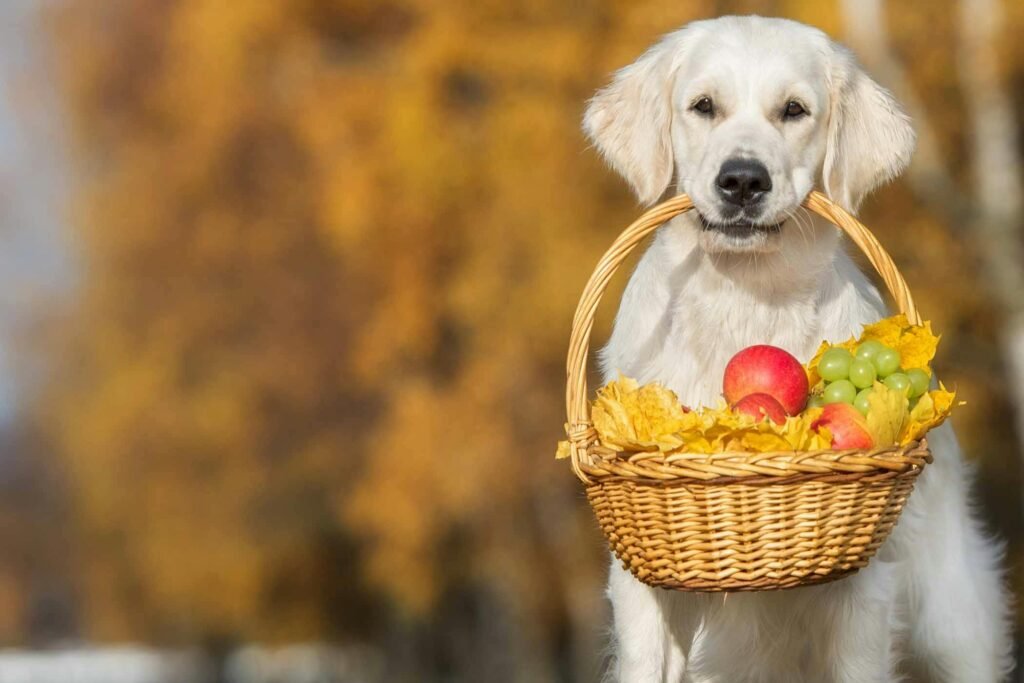By Pet HouseTop1
For many of us, dogs are more than just pets—they’re companions, healers, and family members. We walk them, play fetch, give belly rubs, and ensure they’re well-fed. But what if we told you that your dog craves more than just food, exercise, and playtime?
Dogs are intelligent, emotional, and deeply curious creatures. They thrive when given not just physical outlets—but also mental stimulation, social variety, and emotional bonding. In this guide, we’ll explore 10 lesser-known but highly effective activities that can supercharge your dog’s happiness and health.
Whether you’re a first-time pet parent or a lifelong dog lover, these enrichment ideas will help build a stronger bond, reduce behavior problems, and expand your dog’s world in amazing ways.

🧠 1. Scent Games and Nose Work
Dogs experience the world through their noses. While humans have about 5 million scent receptors, dogs boast up to 300 million. That’s like comparing a basic camera to a high-end drone with infrared sensors.
Try This: “Find the Treat”
- Hide small treats around your home or yard.
- Let your dog sniff them out without clues.
- Start simple, then increase the challenge.
Why it’s powerful: Nose work tires dogs out mentally while tapping into their instincts. It also boosts confidence—especially in shy or anxious pups.
Fun variation: Use cardboard boxes or muffin tins with tennis balls covering treats for a DIY scent puzzle.

🎓 2. Canine Puzzle Toys & DIY Brain Teasers
Puzzle toys aren’t just for rainy days—they build cognitive resilience. A mentally engaged dog is far less likely to destroy furniture or act out from boredom.
DIY Brain Game: Towel Roll-Up
- Place treats in a towel.
- Roll it up like a burrito.
- Let your dog unroll it using nose and paws.
Pro tip: Try rotating 3-4 different toys weekly to prevent boredom.
Recommended brands:
- Nina Ottosson puzzles
- Kong Wobblers
- Snuffle mats (or make your own with fleece strips!)

🐾 3. Canine Parkour: Urban Agility for City Dogs
If you’ve ever watched your dog jump onto a bench, climb a log, or scale a small wall, you’ve seen dog parkour in action.
What is it?
It’s an urban version of agility using your natural environment: curbs, steps, benches, boulders.
Benefits:
- Builds body awareness and confidence
- Improves coordination
- Creates positive engagement with public spaces
Safety tips:
- Use a harness
- Avoid slippery or high ledges
- Start slow—this is not a race!
🎭 4. Roleplay & Obedience Games
Turn training into a creative game. Teaching new “jobs” or tricks builds trust and gives dogs a sense of purpose.
Games to Try:
- “Find your toy” – teach names for objects
- “Hide and Seek” – have someone hide, let the dog find them
- “Pick the Hand” – hide a treat in one hand, let them guess
Bonus tip: Use clicker training to mark success instantly and build faster learning associations.

🧘♀️ 5. Dog Yoga (“Doga”) and Meditation
Yes, it’s real. Doga involves gentle stretching and massage techniques that calm both you and your dog.
Easy practice:
- Sit with your dog in a calm room
- Gently massage ears, chest, and paws
- Play soothing music (e.g. harp or binaural beats for dogs)
Why it works: Dogs mirror our energy. Calm humans = calm pets. It’s a beautiful bonding ritual, especially for older or anxious dogs.

🏕️ 6. Sensory Garden for Sniffing & Exploration
Transform a corner of your yard or balcony into a dog sensory garden.
What to include:
- Different surfaces: gravel, grass, bark
- Safe herbs: lavender, chamomile, rosemary
- Hanging toys or wind chimes for sound
- Digging zone (sandbox with buried toys)
Pro tip: Rotate items every few weeks to maintain novelty.
🎨 7. Pet Painting (With Paws or Nose!)
Let your dog become the next Picasso with this fun, safe art activity.
How-To:
- Use a canvas or thick paper
- Place dabs of dog-safe paint (or yogurt colored with beet/carrot juice)
- Cover with cling film
- Let your dog press paws or nose to spread it
Why it’s enriching: It’s a sensory activity that builds curiosity—and you get a keepsake!
🐕🦺 8. Social Outings Beyond the Dog Park
Dog parks are great, but there’s a whole world out there. Introduce your dog to new, non-traditional social spaces.
Ideas:
- Pet-friendly cafés
- Outdoor art fairs
- Dog-friendly hiking trails
- Visit a friend’s home with pets
Why it’s healthy: Dogs need to socialize in various settings to become adaptable and confident.
🎤 9. Storytime or Audiobook Sessions
Dogs love the sound of your voice—even if they don’t understand every word. Reading to dogs is used in therapy centers, shelters, and schools.
Try This:
- Sit beside your dog and read aloud from a novel or magazine
- Or play an audiobook with calming narration
Bonus: Many shelter dogs calm down dramatically when volunteers read to them—it builds a sense of safety and companionship.

🧺 10. Teach Your Dog to Help Around the House
Dogs are eager helpers—when taught gently. Teaching real tasks gives them a “job,” which is incredibly rewarding.
Skills to teach:
- Fetch slippers
- Close cabinet doors
- Carry laundry in a basket
- Bring a leash at walk time
Pro tip: Break each job into micro steps, reward progress, and make it fun.
🌟 Bonus: Rotational Living
Just like we get bored in the same environment, dogs do too. Change your dog’s routine weekly.
Rotate:
- Toys
- Sleeping areas
- Walk routes
- Mealtime puzzles vs. bowl feeding
Why it matters: Predictability is comforting—but novelty builds confidence and excitement.
💡 Final Thoughts
Your dog may not be able to speak—but their body, eyes, and behavior are always communicating something: “Let me explore, engage, and enjoy life with you.”
These 10 enrichment activities go far beyond fetch or tug-of-war. They engage your dog’s instincts, intelligence, and soul—deepening your bond while boosting their happiness.
🐾 FAQs
Q: How often should I do enrichment activities with my dog?
A: Ideally, daily—but even 3–4 times per week can make a huge difference. Short sessions (10–15 minutes) are great!
Q: Can enrichment help reduce behavioral problems?
A: Absolutely. Enrichment often prevents or solves boredom-related behaviors like chewing, barking, or digging.
Q: Is this suitable for senior or disabled dogs?
A: Yes! Choose low-impact versions like scent work, storytime, gentle massage, or puzzle toys.
🐶 Want More Enrichment Ideas?
Stay tuned on Pet HouseTop1—your go-to hub for everything dog parenting. From DIY projects to product reviews to behavioral tips, we’re here to help you and your pup live your best life together.

